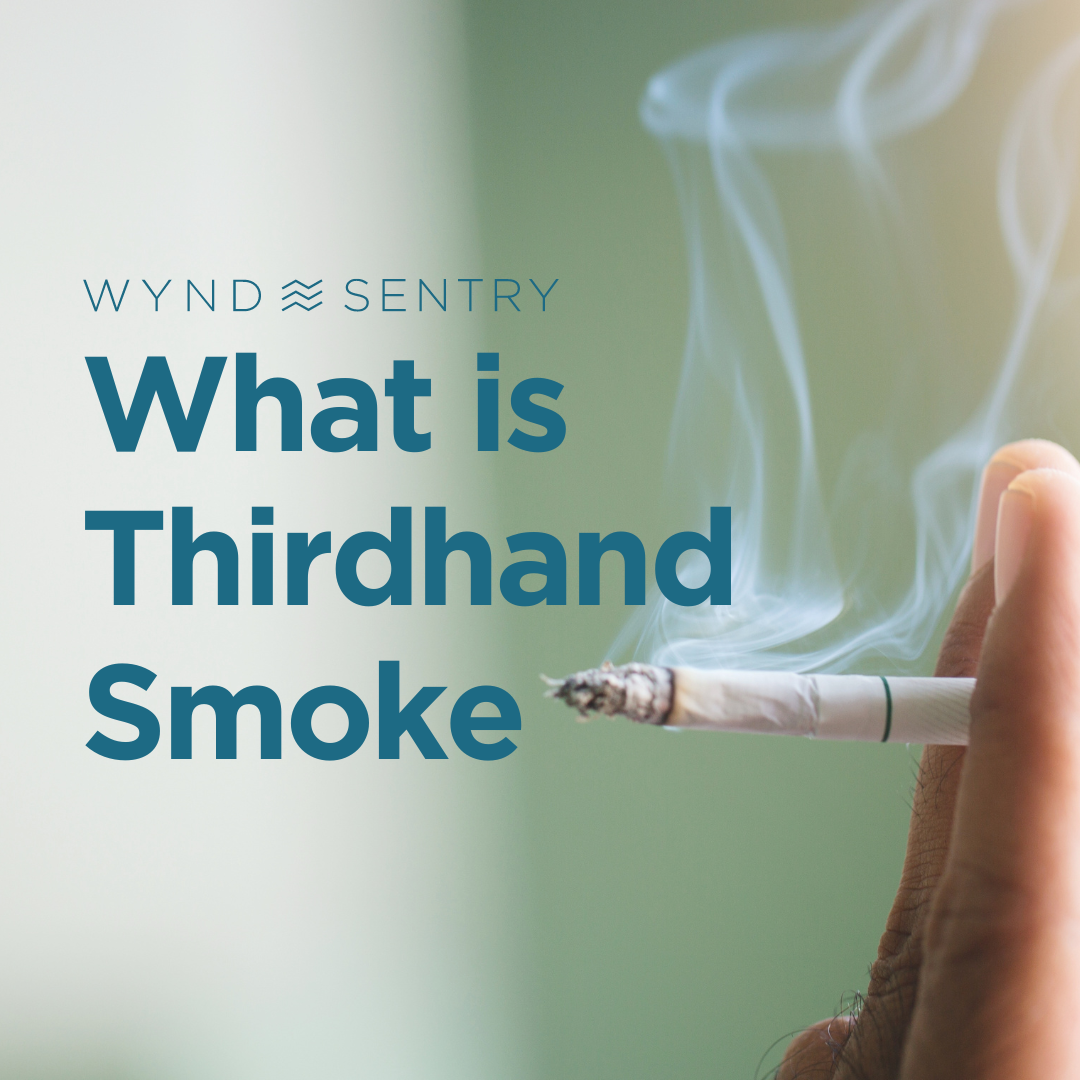In any environment, maintaining a clean and healthy space is essential for the well-being and safety of its occupants. While many places enforce smoke-free policies to combat secondhand smoke, an often overlooked issue remains: thirdhand smoke. This article explores what third hand smoke is, the challenges with handling third hand smoke, and the implications.
What is Thirdhand Smoke?
Thirdhand smoke refers to the residual toxins and chemicals that linger on surfaces long after smoking has stopped. Unlike secondhand smoke, which is the smoke exhaled by a smoker or from burning tobacco, thirdhand smoke clings to various surfaces, including walls, furniture, and carpets. This includes surfaces that can not be cleaned like mattresses, rugs, or large furniture pieces. These particles can linger for years on dust particles or on surfaces. It can also interact with indoor air pollutants to create harmful compounds. This means that even after smoking has ceased, harmful residues can persist, affecting the cleanliness and safety of the environment.
The Hidden Risks of Thirdhand Smoke
Thirdhand smoke poses significant risks, particularly in environments where people may have heightened sensitivities or health concerns. The chemicals found in thirdhand smoke, such as nicotine, tar, and various carcinogens, can linger on surfaces and be inhaled, ingested, or absorbed through the skin. This is especially concerning for children, elderly individuals, and those with respiratory conditions, as they are more vulnerable to these harmful effects. There are up to 25 substances found in thirdhand smoke that cause cancer or birth defects. Exposure has also been found to lead to pulmonary and respiratory issues. The graphic below highlights some potential consequences of thirdhand smoke exposure.
The presence of thirdhand smoke can also lead to unpleasant odors and contribute to a general decline in the quality of the environment. Managing this issue is not just about maintaining a smoke-free policy but also ensuring that the space remains hygienic and welcoming for all occupants.

Challenges in Managing Thirdhand Smoke
One of the primary challenges in dealing with thirdhand smoke is its persistence and the difficulty of detecting it with conventional methods. While smoke detectors can address active smoking, they do not detect the residues left behind. Thirdhand Smoke Resource Center notes that isolated incidents can be cleaned, however long term exposure makes removal of hazardous residue near impossible. This is cause for significant concern as thirdhand smoke residue can be found up to five years after the last known cigarette smoking incident.
To effectively manage thirdhand smoke, a more comprehensive approach is required. This includes enhanced cleaning protocols, the use of specialized cleaning products, and advanced monitoring solutions that can identify and address smoking-related issues more effectively.
Preventing Thirdhand Smoke
Thirdhand smoke is a problem for any inhabitant of a smoking home, office, or rental. Not only are children and elderly exposed to harmful substances, family pets and visitors can also inhale,or ingest harmful toxins. Exposure can lead to various ill effects including increased risk of cancer and potential birth defects. Due to the difficulties in cleaning up after smoking incidents, it is best to take a proactive approach in preventing harmful exposure. Look forward to a future article on strategies on prevention and after action on smoking incidents to reduce third hand smoking.
Creating a Safe Environment with WYND Sentry
WYND Sentry goes beyond traditional smoke detectors, offering a proactive solution for maintaining a clean and healthy environment in smoke-free hotels and housing. Its advanced technology enables continuous monitoring for smoke and residual toxins, providing early warnings and comprehensive data that support effective management preventing residual smoke issues.
WYND Sentry stands out as an essential ally for hotel managers and housing authorities committed to enforcing smoke-free policies and protecting occupant health. Its advanced detection capabilities, reliable reporting, and user-friendly design make it an invaluable tool in preventing thirdhand smoke. With WYND Sentry, property managers can confidently support smoke-free initiatives; ensuring a safe and healthy environment.
For more information on WYND Sentry and how it can benefit your hotel or multi-family property, connect with our team to Book a Demo.
